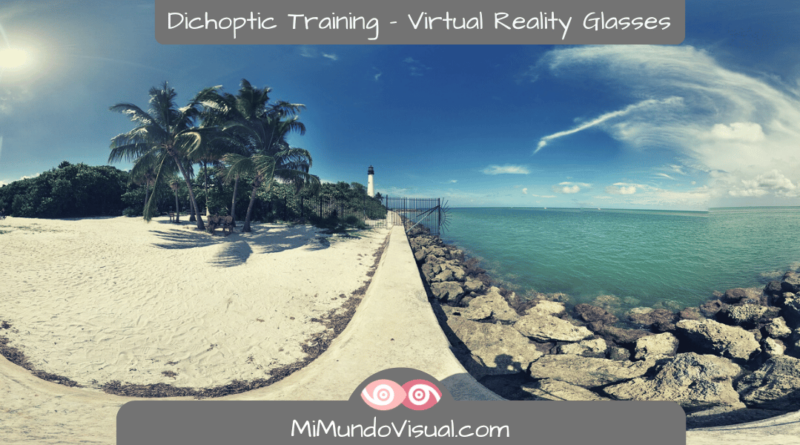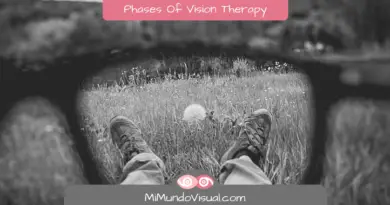Scientific Trial Of Dichoptic Training Using Virtual Reality Glasses To Treat Adult Amblyopia
Table Of Contents
In June 2017, the first worldwide scientific trial was published in the journal BMC Ophthalmology where a total of 17 people (10 men and 7 women aged 17-69 years) with anisometropic amblyopia were studied by dichoptic training, using a pair of virtual reality goggles, during 8 sessions (each session was 40 minutes).

What Was Dioptic Training Intended To Accomplish?
The aim was to prove that recovery of normal visual functions was possible after the critical period (after the age of 8 years).
There are studies, both in animals and in humans, where it has been possible to see how the plasticity of the visual pathways is possible after this period, with the improvement of Vision and binocularity.
How Could Virtual Reality Help With Treatment For Adult Amblyopia?
Some time ago, it was believed that amblyopia was a monocular disorder. That is, it only affected one eye (the amblyopic eye or lazy eye). However, it has been proven that amblyopia is a binocular problem of the two eyes and the relationship between both eyes and their relationship with the brain since each eye perceives a very different image.
Virtual reality glasses are intended to show each eye a different but complementary image.
For this, using both eyes to play the game is necessary.
In this way, the two eyes are trained to cooperate, and the brain is forced to integrate the two images.
What Was The Scientific Trial With The Virtual Reality Glasses?
The tests were conducted with the Oculus Rift OC DK2 goggles and software developed by Vivid Vision, using the Diplopia Game.
The studied subjects played for 8 sessions (two per week) for 40 minutes, two different games (20 minutes per game): one in which they flew with a spaceship and another with blocks. Both were presented in a dichoptic configuration (a different image for each eye).
For example, in the space game, asteroids and gates were shown to the amblyopic eye. At the same time, the spacecraft was visible only to the other eye to avoid cheating and thus force the use of both eyes to successfully achieve the game’s purpose.
During the trial, the participants underwent no other visual training (10 were treated with patching during their childhood).
What Do Recent Clinical Trials Tell Us About Dichoptic Training, Adult Amblyopia, And Virtual Reality?
Recent studies show how binocular-dichoptic training may have more learning effects than monocular training.
Although more clinical trials are needed to prove this fact, this preliminary study shows that using virtual reality goggles for dichoptic training may be a potentially effective option for treating amblyopia in adults with anisometropic amblyopia.
More About Amblyopia or Lazy Eye
- How Do I Know If I Have A Lazy Eye?
- What Causes Amblyopia Or Lazy Eye?
- How To Detect A Lazy Eye?
- What is Amblyopia?
- 6 Eye Patch Therapy Inconveniences We Are Not Told About
- How To Choose The Best Eye Patch For My Child?
- Contact Lenses For Children With Lazy Eye!
- 5 Questions About Lazy Eye In Adults!
- Lazy Eye In Adults – Little Everyday Difficulties That May Be Due To Amblyopia!



